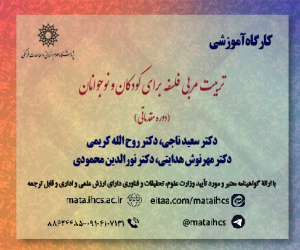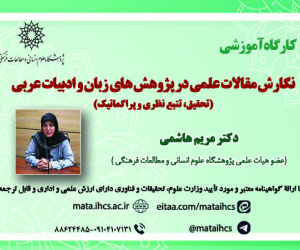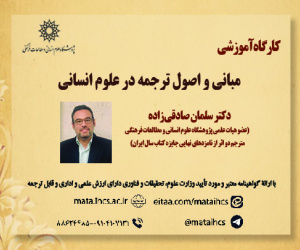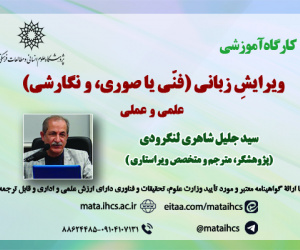بررسی شایستگی میان فرهنگی و جنسیت در کتاب های درسی آموزش زبان انگلیسی ایران (مقاله علمی وزارت علوم)
درجه علمی: نشریه علمی (وزارت علوم)
آرشیو
چکیده
This article examines intercultural competence and gender representation in the latest locally developed English language coursebooks which are taught in Iranian primary and secondary schools. The study uses content analysis to investigate the extent to which gender is portrayed in coursebooks and also how much these coursebooks reflect equality between men and women. In addition to quantitative analysis, qualitative analysis was conducted to a certain extent. For the first phase of the research, images, names, roles, and topics oriented towards women and men in the reading passages and conversations were analysed. Moreover, since the present study examined intercultural competence within the English language coursebooks, the coursebooks were scrutinized in order to capture every instance in which the eleven aspects of intercultural competence are shown or indicated. The findings revealed that in the newly developed coursebooks, gender imbalances could be observed to a great extent, with males being the dominant gender in names, characters, images, and texts. Intercultural competence was also found to be a major difference between genders, where the books showed higher intercultural competence for men in Emotion, Empathy, and Perspective-taking (EEP) and Intercultural Relations (IR) aspects. Women were shown to be higher in Knowledge of Diversity (KD), but there was no difference in Intercultural relations (IR). Since in these coursebooks, male authors outnumber their female counterparts, it might be beneficial to add more females to an authority's board of authors. Authors are also encouraged to develop coursebooks that promote gender equality by following guidelines provided by Iran's authorities.Analysis of Intercultural Competence and Gender Representation in Iranian EFL Coursebooks
This article examines intercultural competence and gender representation in the latest locally developed English language coursebooks which are taught in Iranian primary and secondary schools. The study uses content analysis to investigate the extent to which gender is portrayed in coursebooks and also how much these coursebooks reflect equality between men and women. In addition to quantitative analysis, qualitative analysis was conducted to a certain extent. For the first phase of the research, images, names, roles, and topics oriented towards women and men in the reading passages and conversations were analysed. Moreover, since the present study examined intercultural competence within the English language coursebooks, the coursebooks were scrutinized in order to capture every instance in which the eleven aspects of intercultural competence are shown or indicated. The findings revealed that in the newly developed coursebooks, gender imbalances could be observed to a great extent, with males being the dominant gender in names, characters, images, and texts. Intercultural competence was also found to be a major difference between genders, where the books showed higher intercultural competence for men in Emotion, Empathy, and Perspective-taking (EEP) and Intercultural Relations (IR) aspects. Women were shown to be higher in Knowledge of Diversity (KD), but there was no difference in Intercultural relations (IR). Since in these coursebooks, male authors outnumber their female counterparts, it might be beneficial to add more females to an authority's board of authors. Authors are also encouraged to develop coursebooks that promote gender equality by following guidelines provided by Iran's authorities.



